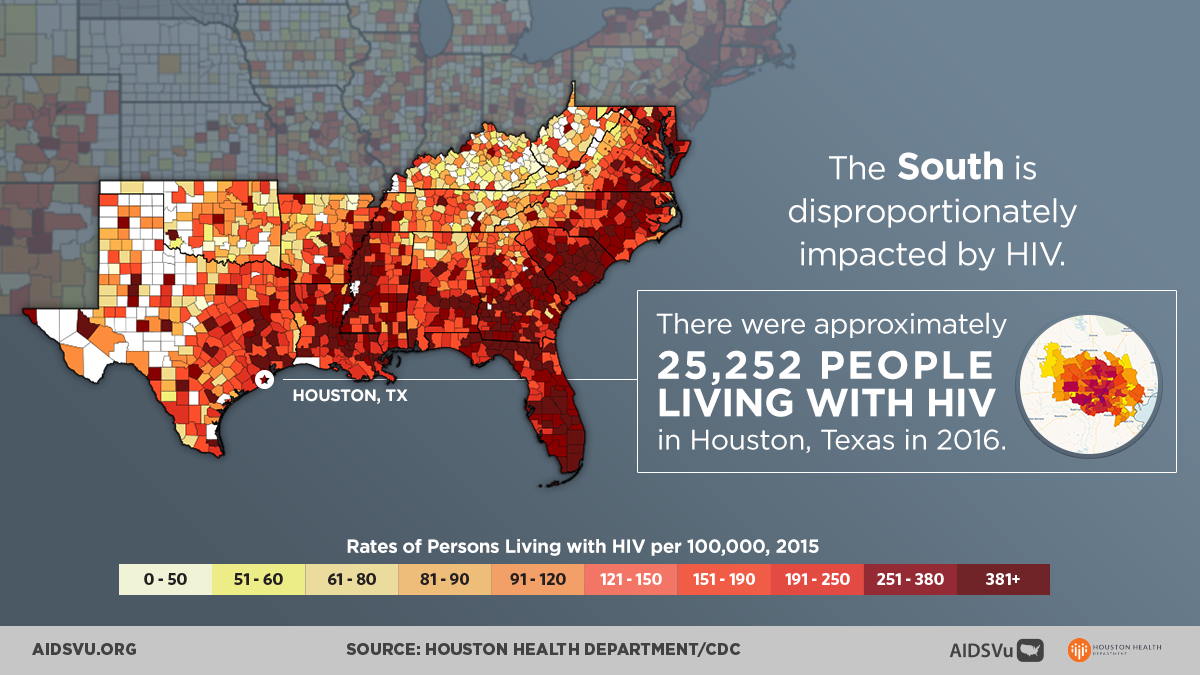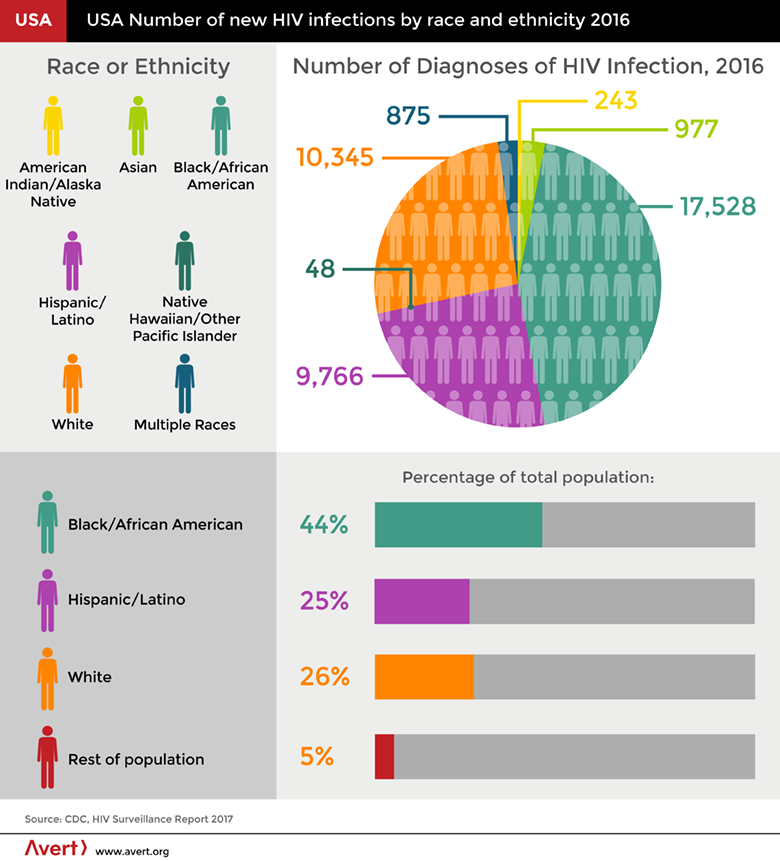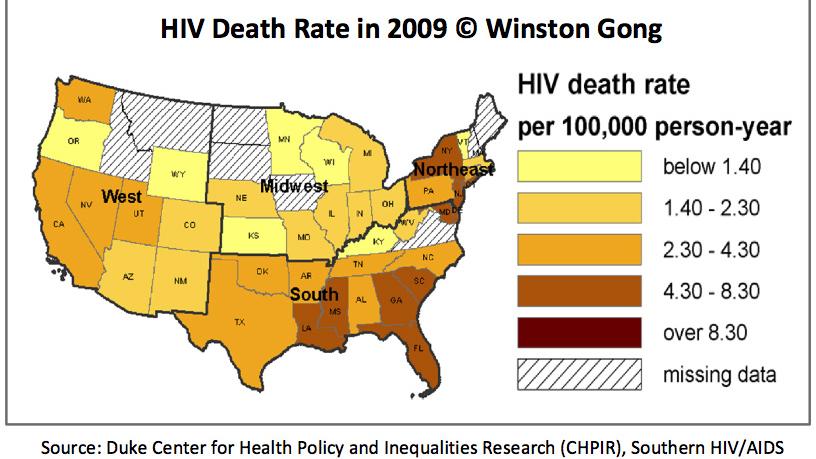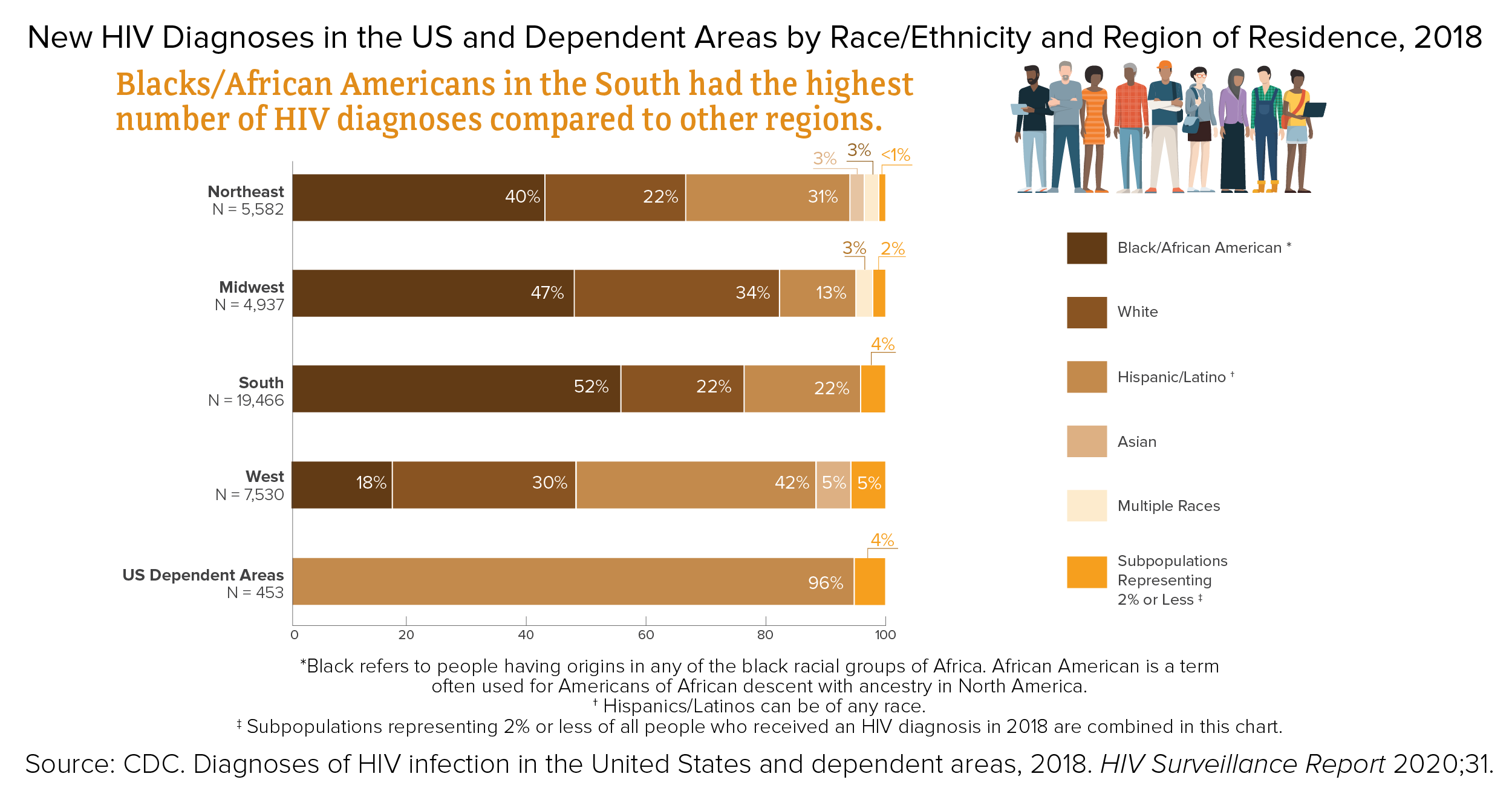What City In Texas Has The Highest Hiv Rate

The shadow of HIV/AIDS continues to loom large in Texas, a state grappling with diverse healthcare challenges. While significant strides have been made in prevention and treatment, disparities persist, leaving certain communities disproportionately affected. Understanding the geography of this epidemic is crucial for targeted interventions and resource allocation.
This article delves into the city in Texas with the highest HIV rate, examining the contributing factors and the ongoing efforts to combat this public health concern. It is vital to note that focusing on rates, rather than raw numbers, provides a more accurate comparison by accounting for population size.
The City with the Highest HIV Rate
According to the most recent data available from the Texas Department of State Health Services (DSHS) and the Centers for Disease Control and Prevention (CDC), Beaumont, Texas, consistently demonstrates one of the highest HIV diagnosis rates in the state. This rate, expressed as the number of new HIV diagnoses per 100,000 people, paints a concerning picture for the city and its surrounding areas.
It is essential to emphasize that data can fluctuate year-to-year. However, Beaumont's persistent high ranking necessitates a closer look at the underlying factors contributing to this public health challenge.
Understanding the Data and Its Limitations
The reported HIV diagnosis rates are derived from surveillance data collected by state and local health departments. These figures represent newly diagnosed cases, which may not fully reflect the total number of people living with HIV in a given area.
Factors such as access to testing, reporting practices, and the prevalence of high-risk behaviors can influence the reported rates. Furthermore, delays in diagnosis can lead to underreporting and potentially skew the data.
Factors Contributing to High HIV Rates in Beaumont
Several interconnected factors contribute to the high HIV diagnosis rates observed in Beaumont. These challenges are multifaceted and require a comprehensive approach to address effectively.
Socioeconomic Factors
Poverty and lack of access to healthcare are significant drivers of HIV transmission. Limited economic opportunities can restrict access to essential resources such as HIV testing, prevention services, and treatment.
Individuals facing financial hardship may be less likely to prioritize healthcare or engage in behaviors that increase their risk of infection. These behaviors are often driven by socioeconomic disadvantages.
Access to Healthcare and Prevention Services
Gaps in healthcare access, particularly for marginalized communities, contribute to delayed diagnosis and treatment. Limited access to affordable and confidential HIV testing hinders early detection and intervention.
Furthermore, insufficient outreach programs and culturally sensitive education initiatives can impede prevention efforts. These programs need to be tailored to reach the specific populations at risk.
Stigma and Discrimination
The stigma associated with HIV continues to be a major barrier to prevention, testing, and treatment. Fear of discrimination and social isolation can deter individuals from seeking care or disclosing their HIV status.
This stigma can also lead to internalized shame and denial, making it more difficult for people to adopt safer behaviors and adhere to treatment regimens.
Substance Use and Mental Health
Substance use, particularly injection drug use, is a significant risk factor for HIV transmission. Sharing needles and syringes can directly transmit the virus from one person to another.
Mental health issues, such as depression and anxiety, can also increase vulnerability to HIV. These conditions can impair judgment and decision-making, leading to risky behaviors.
Efforts to Combat HIV in Beaumont
Despite the challenges, various organizations and agencies are working to address the HIV epidemic in Beaumont. These efforts focus on prevention, testing, treatment, and support services.
Texas Department of State Health Services (DSHS) Initiatives
The DSHS provides funding and resources to local health departments and community-based organizations. These resources support HIV testing, prevention education, and treatment programs.
The department also conducts surveillance to monitor the spread of HIV and identify areas with the greatest need. This data informs targeted interventions and resource allocation.
Local Health Department Programs
The Beaumont Public Health Department plays a crucial role in implementing HIV prevention and care services. These services include free HIV testing, counseling, and referrals to medical care.
The department also conducts outreach to high-risk populations, providing education and resources to promote safer behaviors. These outreach efforts target specific communities with elevated HIV rates.
Community-Based Organizations
Several community-based organizations (CBOs) are dedicated to serving people living with HIV in Beaumont. These organizations provide a range of services, including case management, support groups, and housing assistance.
CBOs also play a vital role in advocating for policies that support people living with HIV and promoting HIV awareness in the community.
Looking Ahead: A Call to Action
Addressing the HIV epidemic in Beaumont requires a sustained and collaborative effort. Increased funding for prevention and treatment programs is essential.
Efforts to reduce stigma, improve access to healthcare, and address socioeconomic disparities are also critical. Finally, continuing to gather and analyze data helps to better direct fund towards the most impacted area.
By working together, we can reduce the burden of HIV and improve the health and well-being of the community. It is a collective responsibility that demands sustained commitment and resources.
"The fight against HIV/AIDS is far from over, and communities like Beaumont require our focused attention and unwavering support." - Quote from a local health official (hypothetical).


















